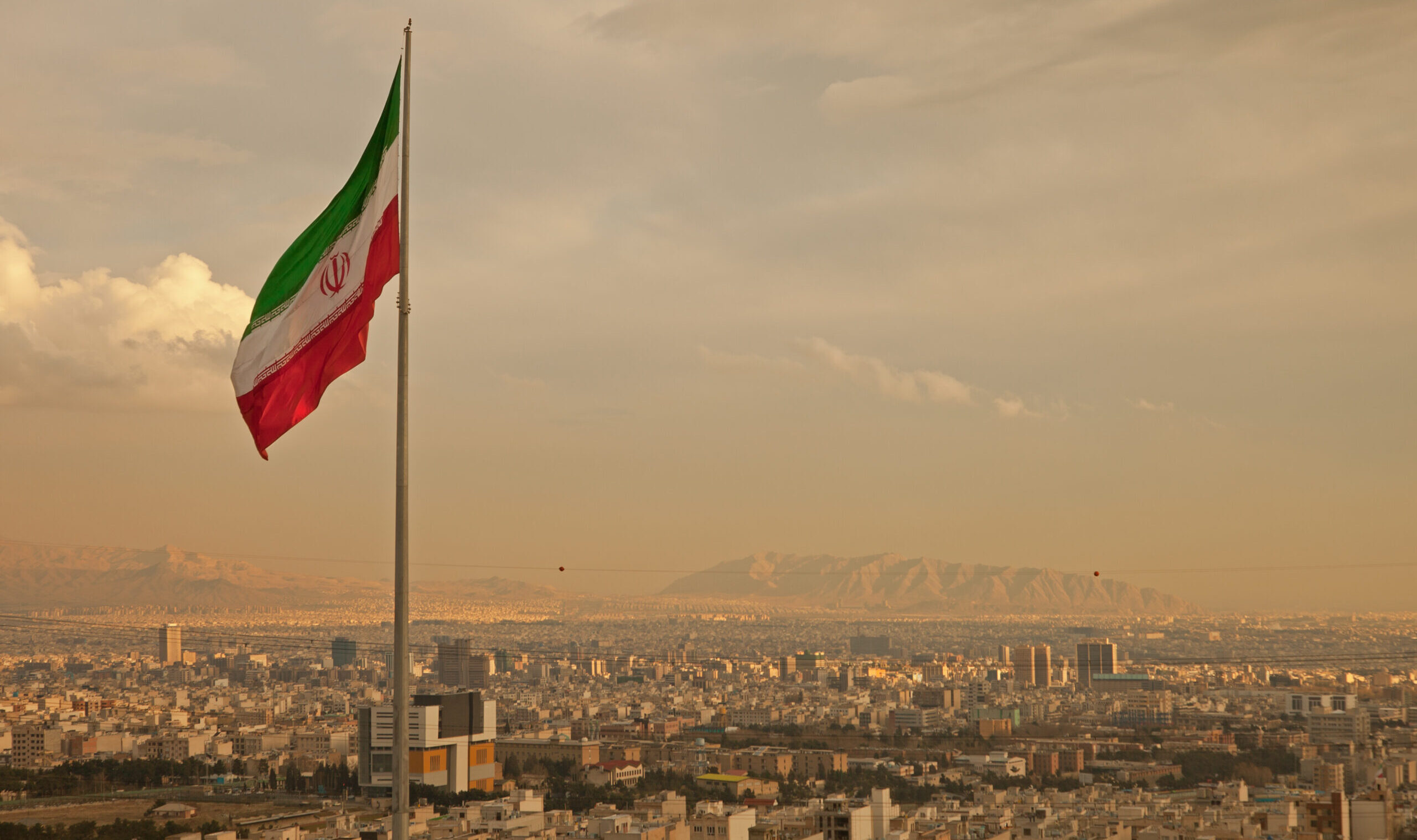


Loading the Elevenlabs Text to Speech AudioNative Player...
Top officials from the U.S. and Iran had completed a full five rounds of talks on Iran’s civilian nuclear program. Both sides evaluated the talks as “constructive.” A sixth round was on the immediate horizon. Then the bombing of Iran began.
The promising chronology prior to Israeli and American strikes in June raises two questions: How close exactly were the U.S. and Iran to an agreement? And what might that deal have looked like?
A growing body of testimonial evidence suggests the two sides were very close to a deal indeed. There was a diplomatic pathway to ensuring that Iran kept its promise that its peaceful civilian nuclear program would never metastasize into a military one. Instead of continuing down that path, President Donald Trump seems to have greenlit military action, which broke the already fragile trust and made arriving at an agreement more challenging.
The Iranian negotiating team was led by its foreign minister, Abbas Araghchi. In an opinion piece for the Financial Times published earlier this month, Araghchi writes that Iran and the U.S. “were on the cusp of a historic breakthrough.” He says that in “five meetings over nine weeks, US special envoy Steve Witkoff and I achieved more than I did in four years of nuclear negotiations with the failed Biden administration.”
Araghchi adds that the two men “held detailed, frank discussions” on “several ideas for a win-win solution, put forward by both sides, and by Oman.” Optimism was in the air. “Things were looking up, with a flurry of messages exchanged,” Araghchi writes. “But only 48 hours before a pivotal sixth meeting, Israel launched an unprovoked assault on my country.”
Tehran’s foreign minister is not alone in feeling that the two sides “were on the cusp” of an agreement. Retired ambassador and former Iranian nuclear negotiator Seyed Hossein Mousavian says that informed Iranian sources told him that the talks had progressed so far that “the key elements of the deal between Witkoff and Araghchi were agreed upon.”
According to Mousavian, the deal had five key points. 1) Tehran would consent to maximum nuclear transparency and inspections. 2) It would either convert or export its stockpile of 60-percent enriched uranium (Russia had said they were prepared to take Iran’s excess enriched uranium and convert it to fuel for reactors). 3) It would cease high-level enrichment and cap future enrichment at the 3.67 percent needed for a civilian energy program. 4) It would fully cooperate with the International Atomic Energy Agency (IAEA) in resolving any outstanding technical ambiguities. 5) In return, Iran would be permitted to have its civilian nuclear program, and the U.S. would lift all nuclear-related sanctions.
That reachable deal would have satisfied both Iran’s insistence on their right to a civilian enrichment program and the American insistence that Iran never pursue a military nuclear program, and it would have provided sufficient international oversight to guarantee compliance.
And that was not the only possible agreement on the table. Mousavian told The American Conservative that “Iran was also positive about the idea of a consortium.” The idea behind an international nuclear consortium was that various roles in the enrichment process would be distributed among member nations so that each would share in the process, but none could control it fully or beyond oversight. In one version, Saudi Arabia and the United Arab Emirates would join. Iran could enrich the uranium, satisfying its demand, but it could not fully enrich the uranium alone, satisfying the American demand. Nuclear experts from each country could visit each other’s facilities with their watchful eyes helping the IAEA ensure that all activities remained peaceful.
Iran had indicated that it was open to a regional nuclear consortium. Iran’s deputy foreign minister, Majid Takht Ravanchi, confirmed that “the idea of a nuclear consortium” was “brought up.” He even said that the idea “can be worked on” if treated seriously in the context of constructive diplomacy.
Trita Parsi—a co-founder of the Quincy Institute for Responsible Statecraft and an expert on U.S.-Iran diplomacy—told me in an email that the idea was indeed being discussed seriously. The plan would have granted Iran enrichment on its soil but without full control of the process.
“According to the Iranians,” Parsi said, “the Omanis had put forward a significant compromise package in the last round of talks in Rome that entailed a consortium on Iranian soil with involvement by several pro-Western states. It would have enabled the Iranians to insist that their red line of enrichment had been safeguarded, while Trump could have boasted that Iran would no longer do unilateral enrichment.” Parsi added that “the Iranians were planning to put forward a refined version of this that would be even more attractive to the U.S. in the round of talks that never occurred.” Instead, the bombing began.
The evidence suggests that Iran was very close to a possible deal with the U.S. when the negotiations were exploded by the bombing campaign. Moreover, at least two diplomatic paths forward were available, one involving enrichment caps plus IAEA oversight and the other taking the creative form of an international consortium. Sadly, and dangerously, an unnecessary war has made not one but two once-imminent agreements much harder to reach.
